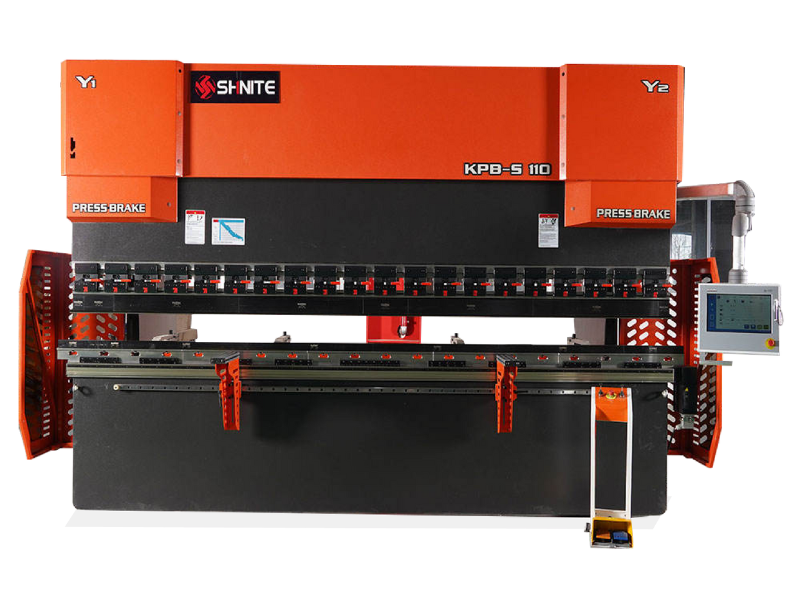





A press is a broad term for a machine that applies force to shape, form, or cut materials, typically metal. It encompasses various types, including mechanical, hydraulic, and pneumatic presses, used for tasks like stamping, punching, or forming. Presses use a variety of dies and tools to perform these operations, often with high force in a single stroke.
A press brake, however, is a specific type of press designed for bending sheet metal or plates. It uses a punch and die system to create precise bends, forming shapes like V-bends, U-bends, or custom angles. Unlike general presses, press brakes focus on bending rather than cutting or stamping, offering greater control over the angle and depth of the bend.
Key Differences:
Function: Presses can punch, stamp, or form; press brakes specialize in bending.
Tooling: Press brakes use a punch and die for bending; presses use varied tools for multiple tasks.
Precision: Press brakes offer higher precision for angular bends.
Applications: Presses are used for diverse tasks (e.g., punching holes); press brakes are used for creating bends in sheet metal.
A press brake is used to bend sheet metal or plates into specific shapes with high precision. Its primary purpose is to create accurate, repeatable bends for components used in industries like automotive (e.g., chassis parts), aerospace (e.g., structural components), construction (e.g., beams), and manufacturing (e.g., enclosures). Press brakes are essential for:
Forming complex shapes: Creating precise angles, curves, or folds.
Custom fabrication: Meeting specific design requirements for parts.
High-volume production: Enabling consistent, repeatable bends.
Versatility: Handling various materials (steel, aluminum, etc.) and thicknesses.
Modern press brakes, like those from manufacturers such as Shinite, incorporate advanced technologies (e.g., CNC controls) to enhance precision, efficiency, and customization.
A power press is a mechanically or hydraulically driven machine that applies force to perform operations like punching, stamping, shearing, or forming. It typically uses a flywheel or hydraulic system to deliver high force in a single stroke, making it suitable for high-speed, repetitive tasks.
Key Differences:
Operation: Power presses deliver a single, powerful stroke for cutting or forming; press brakes apply controlled, gradual force for bending.
Applications: Power presses are used for punching holes, blanking, or forming; press brakes focus on bending sheet metal.
Control: Press brakes offer precise control over bend angles via CNC systems; power presses prioritize speed and force.
Tooling: Power presses use dies for cutting or stamping; press brakes use punch-and-die sets for bending.
A folding machine (or folder) is another metal-forming tool that bends sheet metal, but it operates differently from a press brake. Folding machines clamp the workpiece and use a folding beam to bend the metal upward or downward, often for long, continuous bends.
Key Differences:
Mechanism: Press brakes use a vertical punch to press metal into a die; folding machines use a swinging beam to fold metal around a fixed point.
Bend Length: Folding machines excel at long, continuous bends (e.g., for panels); press brakes are better for shorter, precise bends.
Material Handling: Folding machines are ideal for thin, large sheets; press brakes handle a wider range of thicknesses and shapes.
Speed: Folding machines are faster for repetitive, simple bends; press brakes are slower but more versatile for complex shapes.
Precision: Press brakes offer higher precision for intricate bends due to CNC controls; folding machines are less precise but efficient for simpler tasks.
Operating a press brake can range from moderately easy to complex, depending on the machine type and operator skill level:
Manual Press Brakes: Require significant skill to set up tooling, adjust back gauges, and control bend angles manually. They are harder to operate and prone to human error.
CNC Press Brakes: Modern press brakes, like those from Shinite, use computer numerical control (CNC) systems, making operation more user-friendly. Operators input parameters (e.g., bend angle, material thickness) via a touchscreen interface, and the machine automates much of the process. Basic training is still required to understand programming, tooling setup, and safety protocols.
Learning Curve: Beginners may need training (typically a few weeks) to master setup, programming, and safe operation. Experienced operators can work efficiently with minimal effort.
Safety: Press brakes involve high forces, so operators must follow strict safety guidelines to avoid accidents, adding to the operational complexity.
With proper training and modern CNC technology, press brakes are manageable for most operators, especially in professional settings.
While folding machines are efficient for certain tasks, they have limitations compared to press brakes:
Limited Versatility: Folding machines are best for long, simple bends (e.g., panels or boxes). They struggle with complex, short, or multi-angle bends, where press brakes excel.
Lower Precision: Folding machines are less accurate for intricate bends or tight tolerances, making them unsuitable for high-precision applications.
Material Constraints: They are optimized for thin sheets (typically under 3mm). Thicker or harder materials may require a press brake.
Setup Time: Adjusting folding machines for different bend types or materials can be time-consuming compared to CNC press brakes with quick-change tooling.
Cost for Small Operations: Folding machines can be expensive for small shops that don’t frequently need long, continuous bends, making press brakes a more cost-effective choice.
Limited Automation: While some folding machines offer automation, they generally lack the advanced CNC capabilities of modern press brakes, limiting their flexibility.
Press brakes, presses, power presses, and folding machines each serve distinct purposes in metal forming. Press brakes are specialized for precise bending, making them indispensable for industries requiring custom, high-accuracy components. While they may require training to operate, modern CNC press brakes simplify the process significantly. Folding machines, while efficient for specific tasks, lack the versatility and precision of press brakes. Understanding these differences helps businesses choose the right equipment for their needs.
For high-quality press brakes, manufacturers like Shinite offer advanced, durable solutions tailored to diverse industrial applications. Always consult with suppliers for specific machine capabilities and training requirements.
.png)



Fastest
Installation

Top-Notch
Equipment

24/7 Customer
Support

100% Secured
Payment

